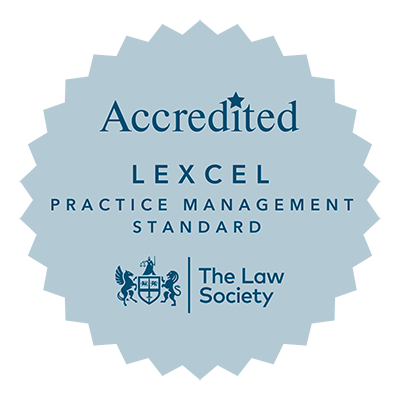Stamp Duty Land Tax (SDLT) is payable in England on residential property transactions where the market value is more than £125,000, with a tiered scale related to the purchase price, and with different rules if you’re a first time buyer, or buying an additional home or a buy-to-let, through a company or when resident overseas. Non-residential property transactions are subject to different rates, which are presently lower than residential rates.
The consultation by HMRC has put the spotlight on how tax is calculated in two key areas: transactions using the Multiple Dwelling Relief (MDR) rules and those involving mixed-use purchases of both residential and non-residential property.
Under the present rules, MDR can be claimed when at least two dwellings are purchased in a single transaction, or as part of a series of linked transactions between the same vendor and purchaser. This allows the rate of SDLT to be calculated based on the average value of each dwelling, calculated individually and added together, rather than on their combined value.
For example, rather than calculating stamp duty on a single transaction of three properties at a total cost of £1.5 million, the tax could be calculated on three individual properties valued at £500,000 each. This can enable significant savings as stamp duty rates are tiered according to property value.
Savings can also be made when claiming for mixed-use purchases, which are subject to SDLT at lower non-residential rates, even where the amount of non-residential land in the purchase is very small. As HMRC highlights, mixed-property purchases can range from a country house with some land let for grazing through fast food shops with flats above, pubs and B&Bs, to large-scale city centre developments comprising ground floor retail outlets with floors of flats above.
Because mixed-property purchases are classed as non-residential, as well as benefiting from the lower non-residential rate of SDLT, purchasers can avoid the surcharges due when an individual already owns residential property, or is currently living overseas.
Also, mixed-property purchases can be combined with MDR, while still qualifying as being non-residential, unlike multiple dwelling claims involving only residential property, which would be calculated to include any surcharges payable by existing residential property owners or non-UK residents.
Purchases of six or more dwellings in a single transaction are taxed as purchases of non-residential property.
For the purposes of SDLT, there is a definition of what is meant by a ‘dwelling’ and in deciding if it qualifies HMRC will use a number of indicators, such as whether there is a separate council tax bill and energy supply, or a lockable front door, as well as the facilities needed to live independently, such as a toilet or washing facilities.
Said property law expert Anna Hall of Ward Gethin Archer solicitors: “Change is undoubtedly coming, and there may be a motivation to move on with any purchases where you may be able to claim these reliefs.
“When stamp duty was introduced, the tax charges on residential and non-residential property were similar so there was no significant tax advantage, but now there is a big difference once property values are over £1m, or where higher rate additional dwelling rates apply.”
Anna added: “However, this is a complicated area and it’s worth getting specialist professional advice on the topic. Mixed-use purchases and multiple dwellings relief is not automatic and must be claimed through a land transaction return and non-specialist conveyancers may not be aware of the potential to make a claim, or what constitutes a legitimate claim and HMRC will push back on anything that is misrepresented.”
Some examples of non-residential usage claims rejected by HMRC are outlined in the consultation document, including a room above a detached garage used as an office by the purchaser, when part of a large, detached, six-bedroom home; leasing the garage of a suburban, semi-detached property to a company for storage; and a paddock area behind the back garden of a substantial residential property in an affluent location being used for informal grazing by a neighbour’s horse.
This article aims to supply general information, but it is not intended to constitute advice. Every effort is made to ensure that the law referred to is correct at the date of publication and to avoid any statement which may mislead. However, no duty of care is assumed to any person and no liability is accepted for any omission or inaccuracy. Always seek our specific advice.










